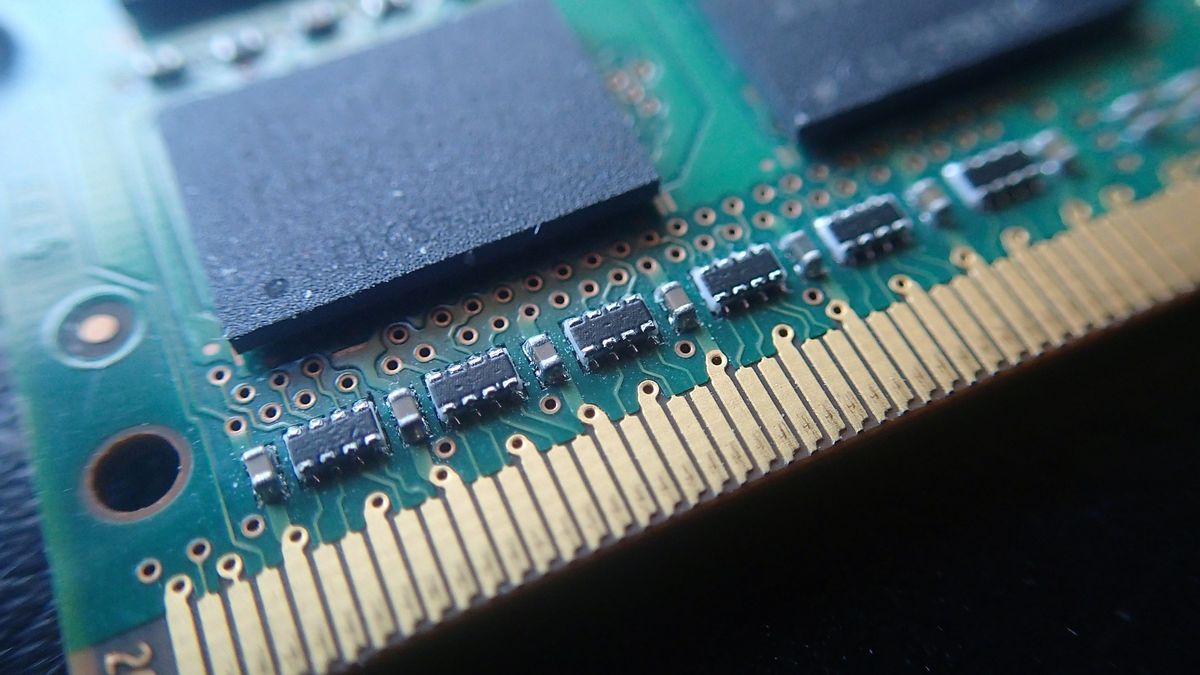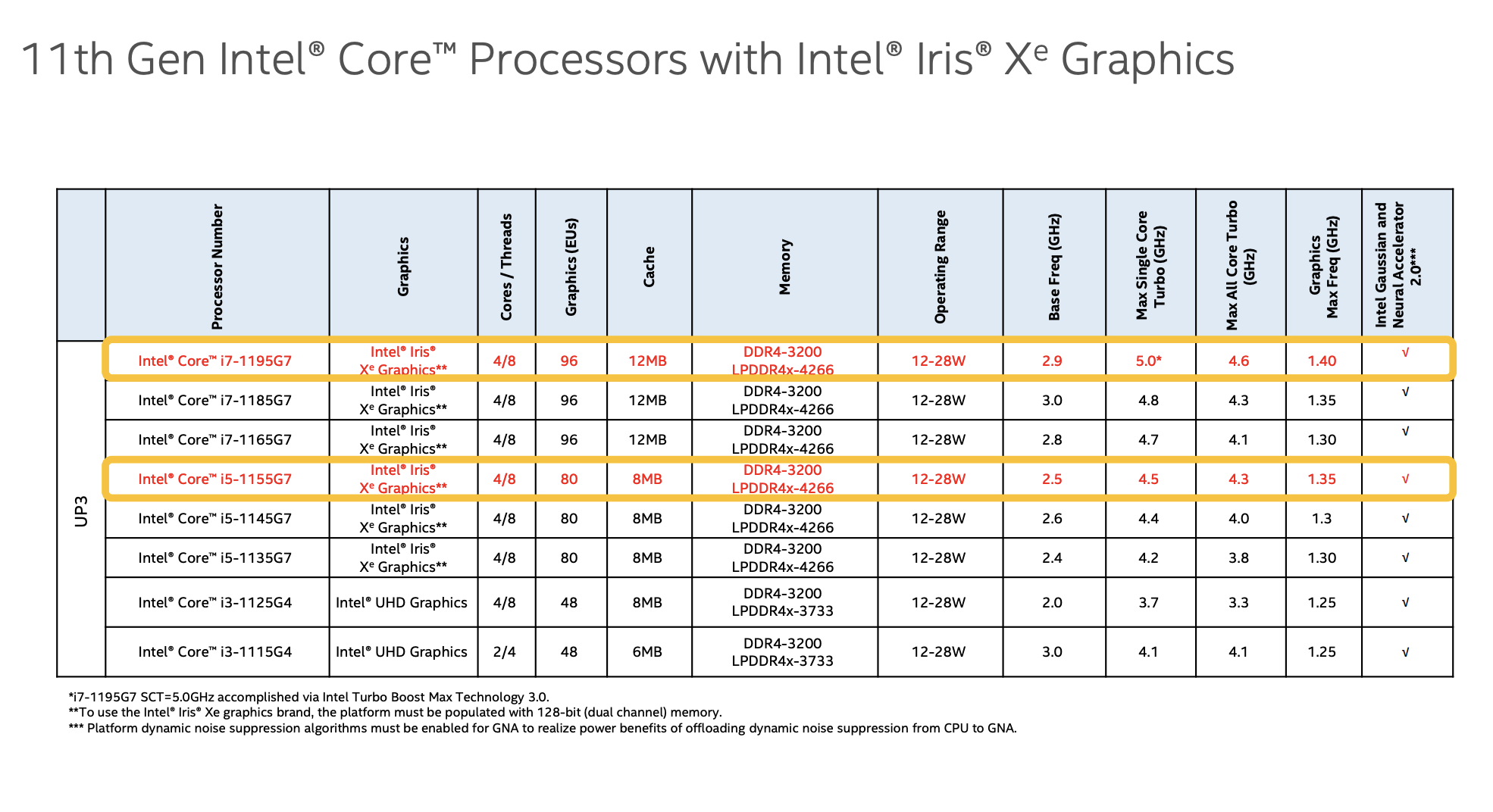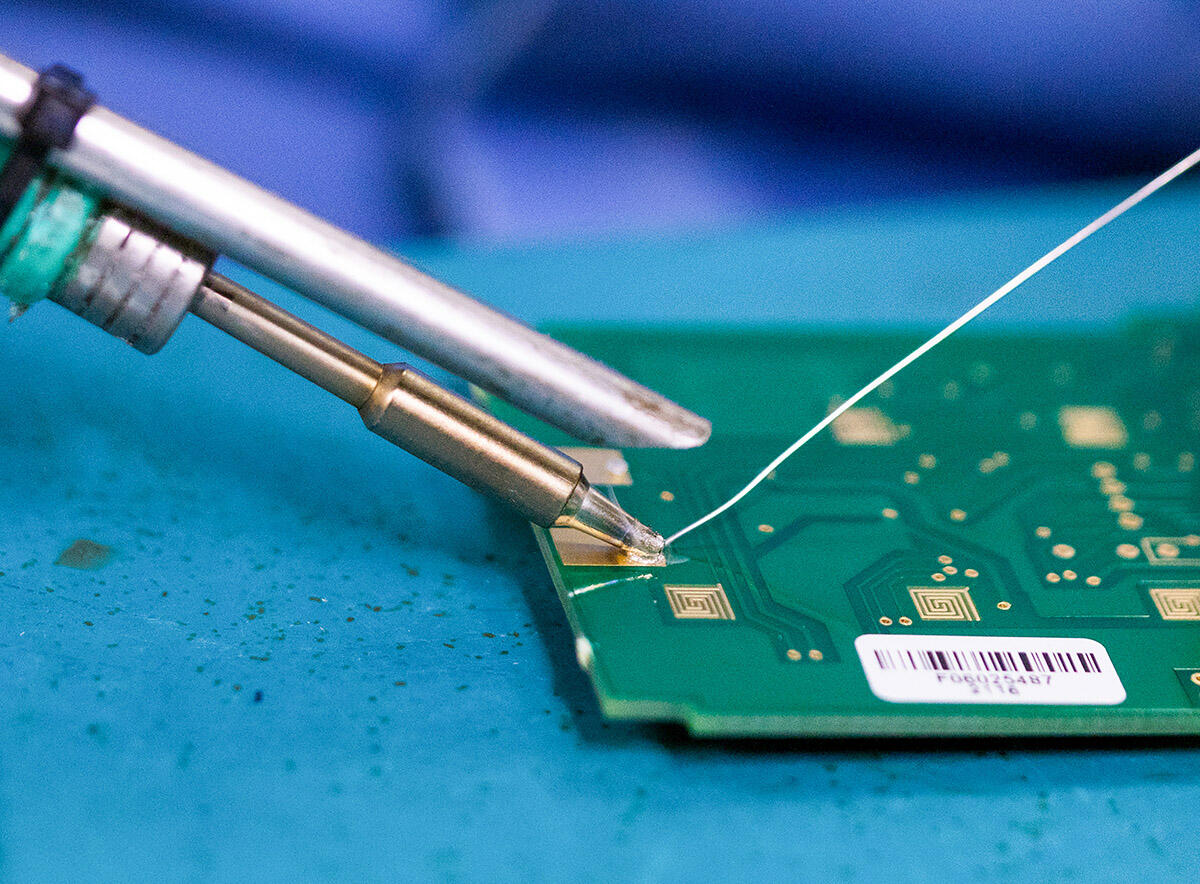
The expression "let the chips fall" (or "fly" as it was actually said) refers to woodchopping and is ... [+]
gettyThere is bipartisan, bicameral support in Congress for the Creating Helpful Incentives to Produce Semiconductors for America Act (CHIPS for America Act), a set of investments and incentives to support US semiconductor manufacturing, research and development, and supply chain security. Recent proposals as part of the annual defense appropriations process calls for $49.5 billion ($39 billion in production and R&D incentives and $10.5 billion to implement programs including the National Semiconductor Technology Center and other R&D). Critics assert that this amount does not come close to other nations’ semiconductor ambitions. China plans to invest $150 billion (though this could be frittered away through waste and corruption), and South Korea just announced $450 billion. Some observers say the US needs sustained government investment of $100 billion for three to four years to catch up with other countries.
The Semiconductor Industry Association (SIA) asserts the US share of semiconductor manufacturing has eroded from 37% in 1990 to 12% today. It attributes this to other countries governments’ aggressive investment in chip manufacturing and R&D while federal dollars have been relatively limited. To lower labor cost and take advantage of foreign incentives, US semiconductor firms have long offshored. All things being equal, the same dollar invested in semiconductor manufacturing in Taiwan or Singapore offers a greater return than the US. As such, the CHIPS Act investment tax credit seems a no-brainer.
Jerry Ferry of Coalition for a Prosperous America and I document that while the US maintains its edge in the design of chips, its advantages will diminish by the lack of connection to production. To improve Americans’ security and prosperity, we call on industrial leaders and policymakers to rebuild America’s chip making capabilities with a commitment to produce at least half of America’s needed chips by US majority-owned firms. Such solidarity for the US is a tall order. Firms like Applied Materials, Lam Research, and KLA turn a profit by selling advanced semiconductor equipment to Chinese military fabs CXMT and YMTC, which in turn use this equipment to build war technologies which could be used against Americans.
Another critique of the CHIPS Act is it gives large semiconductor firms public money which already have the cash to invest. Moreover questions remain to whether US policy is adequate to fuel next generation innovation in semiconductors, extend Moore’s Law, and ensure a sufficient supply of chips. These and related policy issues will be discussed at China Tech Threat’s June 8 event “Let the chips fall at BIS? ” which explores the future of the Bureau of Industry and Security, a key regulatory agency in the space.
View from a semiconductor startup
About 95 percent of semiconductor device types have been made of silicon since the 1960s, but this presents some problems, not the least of which is overcoming the physical challenge of Moore’s Law. Silicon can get too hot as data is powered through it, and cooling it creates waste. Adam Khan is innovating a cleaner, cooler, faster, and more powerful semiconductor material alternative: diamonds. Through his Akhan Semiconductor, he wants to usher in the “Diamond Age” of electronics and revolutionize display glass, optics, thermal management to monolithically integrated diamond integrated circuits. Compared to silicon, electronics made of diamond material can run hotter without degrading performance, cool more easily, tolerate higher voltage, and deliver greater throughput.
MORE FOR YOU
Lab-grown diamonds originate from Cold War experiments to fabricate hard materials and have subsequently be improved. Khan studied these materials in college and founded a company to manufacture diamond materials and join them with silicon semiconductor elements. Though the industry’s choice material silicon carbide continues to grow with the current install base as well as favorable cost and performance factors, Khan believes that diamond material can emerge because of its technical superiority, cleaner environmental profile, and ability to be implemented without overhauling the existing semiconductor manufacturing processes.
One mark of the value of Akhan’s technology is that Chinese tried to steal it, allegedly for its Hubei Space Bureau. Khan described cooperating with the Department of Justice and the Federal Bureau of Investigation to address attempted theft of Akhan’s Miraj Diamond® technology by Huawei. Chinese actors also attempted to compromise Akhan’s computer system, according to an audit by Dark Wolf Solutions. Khan claims that US semiconductor policy does not address the strategic issue of materials, notably diamonds. He calls the clinging to the “aging silicon platform” as an “investment in stage coaches when the internal combustion engine has been invented.”
Given their important to the US economy, innovation, and security, semiconductors have taken center stage in technology policy. Moreover, managing export controls of these sensitive, strategic and emerging technologies has catapulted the little-known BIS as a key actor in international affairs. Whether, how, and where the chips fall has implications for the future.
The Link LonkMay 31, 2021 at 10:29PM
https://ift.tt/2RPW4ah
Will The US Let The Chips Fall On Semiconductor Policy? - Forbes
https://ift.tt/2RGyUAH
Chips

/cloudfront-us-east-2.images.arcpublishing.com/reuters/6ADMOSW4OBNPBNFKFZVUNYO2M4.jpg)




















